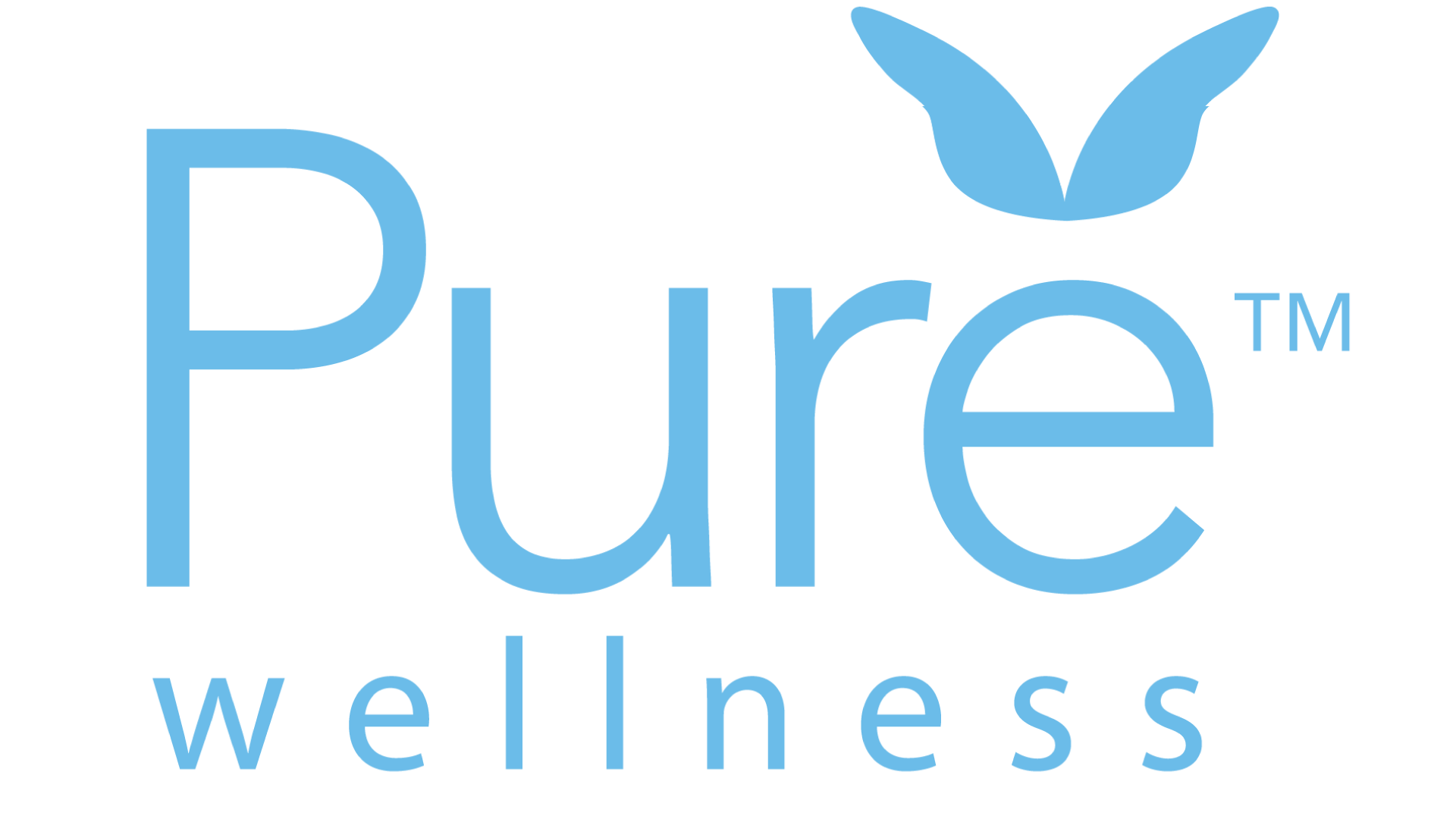This summer’s Canadian wildfires have brought increased attention to the dangers of air pollution. While some areas of the West are accustomed to dealing with smoke during fire season, this year has brought extreme pollution events to areas from the Midwest all the way down the Eastern Seaboard. Climate change is expected to make these events both more severe and more frequent, which will pose an even more urgent threat in the coming years.
When the air quality outside is poor, experts recommend that people limit their physical activity and stay indoors as much as possible. But what if the air you are breathing inside is just as bad or even worse than the air outside? The only way to truly protect yourself from wildfire smoke and other outdoor air pollutants is by ensuring that the air you breathe indoors is safe and healthy.
In most places, indoor air quality tends to be worse than the quality of the air outside. This may be surprising, but consider that a lack of adequate ventilation traps harmful particles and causes them to build up over time. These include dust, mold, dander and other allergens as well as chemicals and volatile organic compounds (VOCs). Exposure to high concentrations of these substances can be just as toxic as outdoor pollutants like smog and smoke.
Wildfires exacerbate the problem by putting even more particulate matter into the atmosphere. Because smoke makes the air look hazy and can be smelled and tasted, wildfires may also give people a false sense of security when they head indoors. Pollutants that cannot be perceived by the senses also pose a risk to our health, especially for children and the elderly as well as people with chronic respiratory conditions such as asthma or COPD.
One way to improve your indoor air quality is to ensure sufficient ventilation in our homes, offices, schools, and other indoor spaces. Opening windows and doors releases the build-up of indoor air pollutants and allows fresh, outdoor air to flow inside. In extreme temperatures, opening up indoor spaces for even a few minutes can help to reduce indoor pollution and improve the quality of the air we breathe.
Unfortunately, this is not advised when wildfire smoke is in the air. The other major way to improve indoor air quality is through filtration. High Efficiency Particulate Air (HEPA) filters have long been the gold standard in home filtration but have been surpassed in recent years by filters that can remove even finer particulate matter. The filtration systems used in Pure Rooms, for example, have been proven to eliminate 99.99% of particles as small as 0.3 microns in size, including the coronavirus.
Look for opportunities to increase ventilation and choose an air filtration system that can trap fine particulate matter and is suitable for your home, office or business. Replace filters regularly according to the manufacturer’s instructions and only use a filter that is supported by your device. The next time there is a wildfire event, you can rest easy knowing you are breathing fresh, healthy air when you have to retreat indoors.

Submit a comment